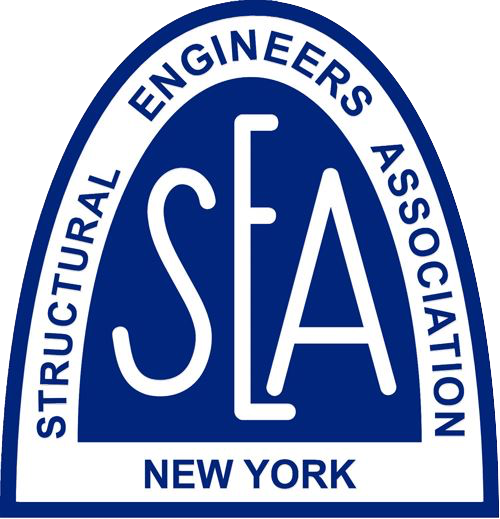Sustainability Committee Presents
Sustainable Design & Embodied Carbon:
What Structural Engineers Need to Know
Tuesday, May 18, 2021
12:00 PM - 1:00 PM
Zoom Webinar
Event Details:
Buildings alone account for 40% of the global greenhouse gas emissions. Two thirds of that total impact is from operational emissions while the remainder is from embodied emissions. Embodied emissions include all the emissions required to produce everything that goes into our buildings – the structure, enclosure and all the materials inside. Until recently, the focus in the building design community has been on reducing operational emissions since they represent a bigger piece of the pie. But as we have driven down operational emissions through smarter designs, there has been a shift to focus on the remainder that is due to embodied carbon.
Between now and 2050, we are going to add about 2 billion people to this planet and close to double the square footage of the built environment. In this short time period, half of the new construction emissions between now and then will be from embodied carbon. Our community cannot ignore this any longer and meet the goals set forth by the IPCC to essentially decarbonize the building industry by 2050. Therefore, the industry has begun to take action and groups like AIA 2030, Architecture 2030, SE2050, and USGBC have shifted their focus to include embodied carbon.
In order to address this issue, we need to take steps to quantify and then reduce our impact. We can do this using a process called Whole Building Lifecycle Assessment (WBLCA). The goal of the WBLCA is to reduce the embodied impacts of a building by quantifying the environmental impacts of structure and enclosure. In addition to or in lieu of WBLCA, designers can perform embodied carbon studies to quantify this one environmental impact. New tools like EC3 are very user friendly and simple to use to perform these studies. There are several tools and guidelines that exist to help practitioners in this process to achieve this credit and reduce embodied carbon.
Learning Objectives:
- Learn about embodied carbon and why it is relevant to the building design and construction community
- Learn about new groups in the industry such as the NCSEA Sustainable Design Committee and its partnership with SE2050
- Learn about tools that can be used to study embodied carbon and perform LCA studies
- Identify steps design teams considering pursuing the LCA in rating systems can take to incorporate LCA into their design process
Bio:
Kelly Roberts, P.E., S.E., LEED AP BD+C is a Principal and Project Manager at Walter P Moore with structural design experience ranging from educational and healthcare facilities to high-rise office towers. She leads WPM’s Sustainable Design Community of Practice for the structures group; specializing in Whole Building Life Cycle Assessment and the use of sustainable and salvaged materials. She is a founding board member of the non-profit material reuse center, the Lifecycle Building Center of Greater Atlanta, where she currently serves as an Advisory Board member. Kelly is a Market Leadership Advisory Board member of USGBC Georgia and currently serves on the USGBC Materials & Resources Technical Advisory Group. She is a co-chair for the Atlanta Carbon leadership Forum HUB, the immediate Past-President of ACI Georgia, a Steering Committee member for AIA Atlanta COTE, and a member of the ACI 318 Sustainability Committee. She is also the founding chair of the NCSEA Sustainability Committee and an Advisory Council member of the SEI Sustainability Committee’s SE 2050 task force. Kelly was named as one of the 100 Most Influential Women by Engineering Georgia Magazine and is a 2017 Design Futures Council Emerging Leader and an ENR Magazine Top Young Professional.
1 PDH pending
Registration Fees:
SEAoNY Members – $0
Student - Free
Non-Members – $15
Registration ends 2 pm, May 17, 2021

Not yet a Member of the Structural Engineers Association of New York?
Join Us and Become a Member! https://seaony.org/join-us All levels of Structural Engineering experience as well as affiliated trades and professionals are welcome to join and enrich your career, with special reduced rates for all Upstate NY members
